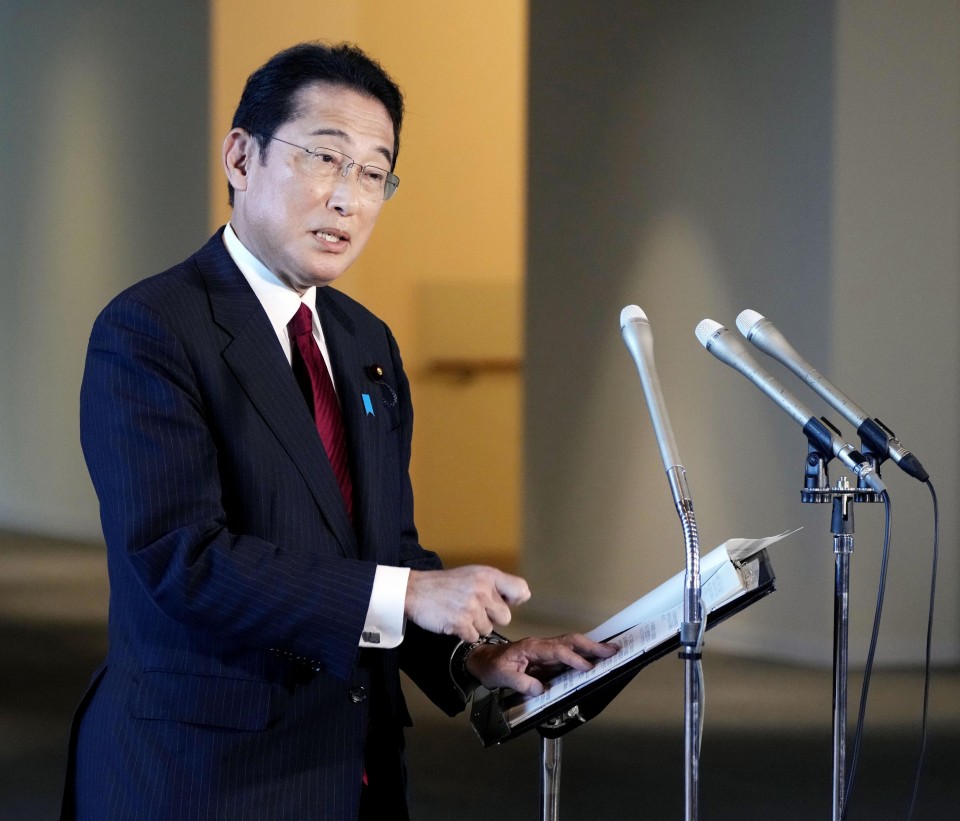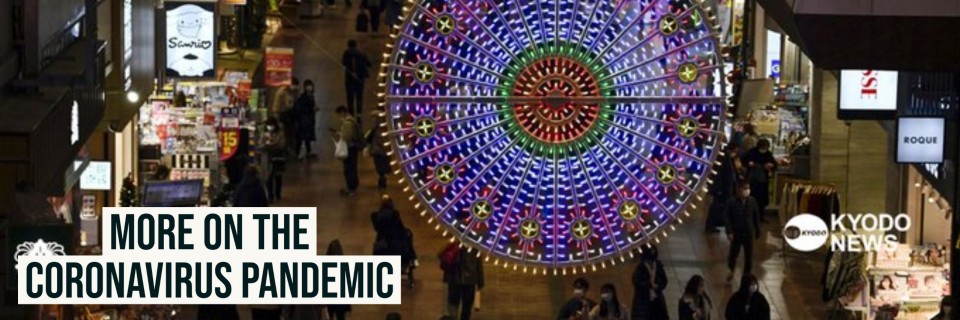
Prime Minister Fumio Kishida said Tuesday that Japan will shorten the period of isolation for COVID-19 patients with symptoms to seven days from the current 10 days, signaling it will accelerate efforts to lift the economy out of a downturn caused by the coronavirus pandemic.
The recuperation period will also be cut for those infected but showing no symptoms to five days from seven days if they test negative for the virus. Kishida said his government will finalize the revisions after hearing opinions at a meeting of health experts on Wednesday.

Kishida also told reporters Japan will start inoculations this month against the Omicron variant targeting people aged 12 and over and that it aims to give more than 1 million shots a day sometime between October and November.
“We will move forward with the transition to a new stage of (living) with the coronavirus and enhance our efforts to balance (preventing infection and promoting) socioeconomic activities,” Kishida said at the prime minister’s office. The number of new infections is on a downtrend, he added.
About 112,000 new coronavirus cases were reported in Japan on Tuesday, down 40,000 from a week earlier. The number of deaths remained relatively high, above 300.
In Tokyo, the metropolitan government confirmed an additional 9,486 cases. The capital’s seven-day rolling average of new infections stood at 11,610 per day, down 34.5 percent from the previous week.
Kishida said the government will also review the detailed coronavirus reporting system throughout the country, starting Sept. 26, as part of efforts to reduce the burden on hospitals and local health centers after the Omicron strain drove cases sharply higher and left the medical system stretched thin.

Japanese Prime Minister Fumio Kishida speaks to reporters at his office in Tokyo on Sept. 6, 2022. (Kyodo)
With the change, municipalities will narrow the scope of detailed reporting to patients at high risk of developing severe symptoms, such as people aged 65 and over and those requiring hospitalization. Some prefectures have already introduced the new method.
While there is concern that such a revision may make it impossible to understand the infection trend, Kishida said, “We will continue to grasp the total number of infected people, including those who are not subject to the detailed reporting, by improving the system.”
Japan has been hit by its seventh wave of coronavirus infections. But as it seeks to “live with the coronavirus,” the government has not imposed tight restrictions and has been easing border control measures.







GIPHY App Key not set. Please check settings